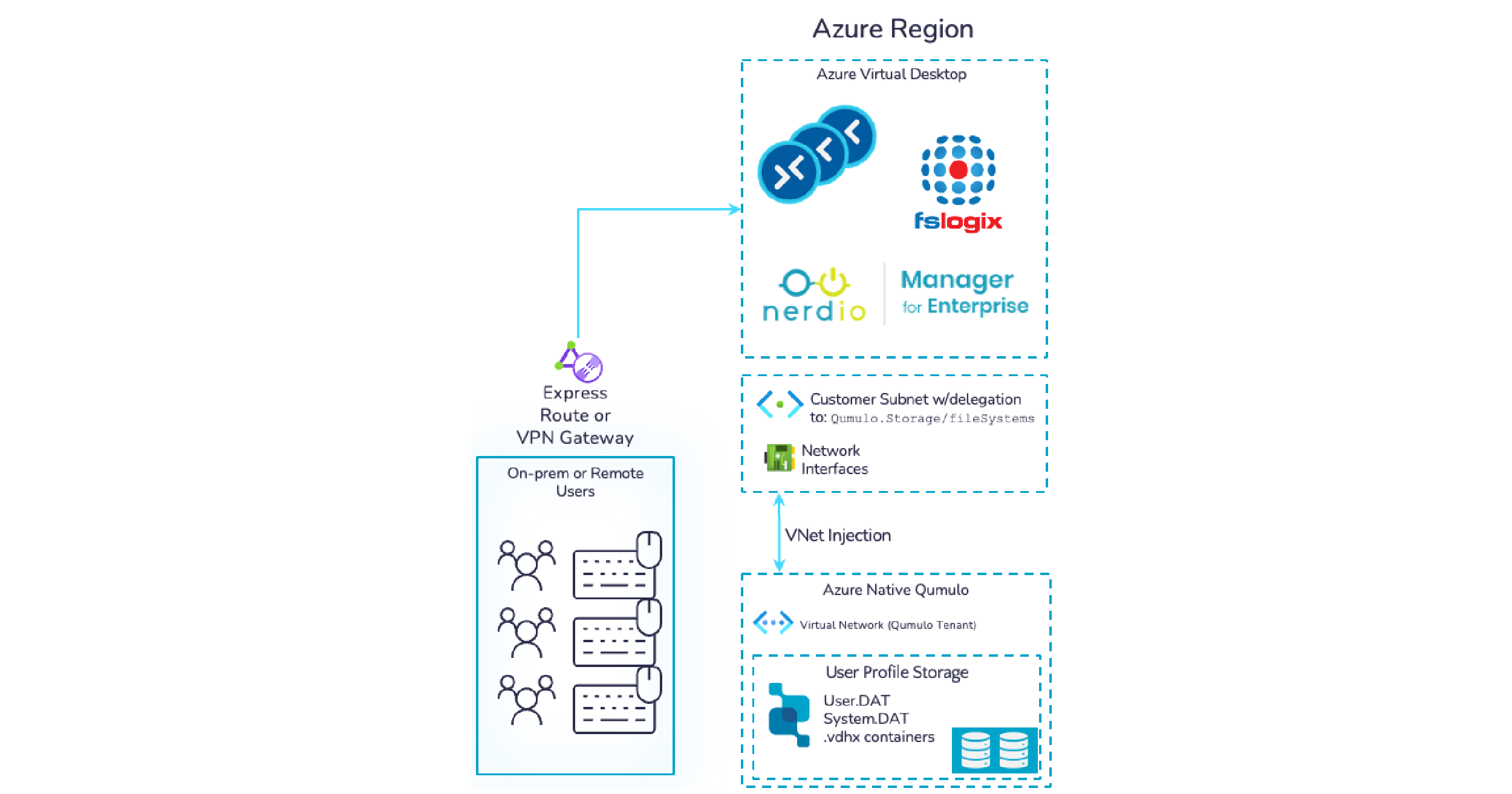In a post-pandemic world, the seismic growth of unstructured data continues to increase exponentially, forcing organizations to adapt in order to remain competitive. As innovation soars, so does the need for modern solutions to address the massively increasing volumes of data. The enterprises best positioned to thrive in 2022 and beyond will adopt intelligent data strategies that are built to scale, protect stored data from threats, and enable data analysis.
We gathered some of our most talked about views regarding emerging data management trends below.
5 Most Promising Data Management Trends of 2022
Data storage remains a crucial concern for many enterprises. Here are the biggest emerging data management trends we see happening right now (and we expect these to grow in importance for years to come).
1. More Enterprises will Leverage Multi-cloud and Hybrid Cloud Architectures
As major enterprises shift to hybrid cloud and multi-cloud strategies, companies are moving data whenever and wherever needed to keep up with competitors. Companies need to be able to move unstructured data from data centers to cloud platforms, and then across clouds, so that they can easily empower employees and enable new applications – at a moment’s notice.
We are seeing a growing number of customers, such as those in the analytics industry, seeking increased flexibility and choice as their workflows increase in scale and complexity. For these customers, it’s rare that the “forever home” for data is also the place where it is processed, analyzed, or transformed. To address this, more and more enterprises will continue to leverage cross-platform, multi-cloud, and hybrid cloud architectures to get the best of all worlds and serve data consumers in their organizations.
2. Personalization and Flexibility Take Center Stage
One of the most popular topics across organizations tackling their data management strategy focuses on flexibility. Whether it’s keeping ransomware attacks at bay or choosing a cloud plan that fits your budget – customers deserve enterprise data storage solutions that are personalized to their needs. For these reasons, we expect enterprises to increasingly adopt affordable, high-performance solutions to better store, protect, and analyze their data. Here are additional thoughts:
- With ransomware attacks at an all-time high, security solutions will evolve to be simple and always on.
- The data industry will see more customer demand for the “verticalization of cloud,” or vertical-specific cloud solutions.
- In 2022, cloud performance won’t be sacrificed for cost.
- Storage will shift from static to dynamic, in order to bring data to life.
3. Soft Skills will be a Top Skill in the Storage Job Market
Though knowledge of cloud and other data storage technologies is important for engineers within the storage job market, soft skills are increasing in importance as well. In 2022, “Coachability will be a top skill for storage career seekers,” expressed Molly Brown, Vice President of Engineering at Qumulo. In the ever-changing work environments (remote, in-person, hybrid), finding coachable team members who are eager to take on the challenges of this new work environment while remaining motivated and eager to grow their careers is going to be critical for enterprises building successful organizations.
“While cloud talent will still be critical to businesses innovating in the cloud, it will be far more important to focus on hiring talent with the soft skills to adapt to changes,” Brown said. “2022 will be about hiring people who are good systems thinkers, reliable, coachable, and eager to learn.”
Molly Brown still believes that cloud skills will be in high demand. Speaking to Betanews.com, she noted:
“2021 showed the tech industry that we have to think long-term. We can’t afford to hire all of our talent based on one specific hard skill, because things change fast and today’s in-demand skills will eventually be tomorrow’s outdated skills. While cloud talent will still be critical to businesses innovating in the cloud, it will be far more important to focus on hiring talent with the soft skills to adapt to changes. 2022 will be about hiring people who are good systems thinkers, reliable, coachable and eager to learn.”
4. Enterprises will Demand More from Cloud Vendors
File storage within cloud environments hasn’t been as flexible or easy as customers might expect: In fact, cloud provisioning complications and limited scalability can make the cloud inflexible, explained Bill Richter, the CEO of Qumulo. The need, he said, for enterprises, whether they’re storing their data in a cloud environment or not, is unlimited, dynamic scalability. “Cloud customers will not accept this and will demand their cloud storage services be as flexible as their cloud compute and application services,” Richter said.
Richter also forecasted that large enterprise workloads will soon finally make their move into the cloud. Because those workloads “are complicated, can’t be easily refactored for object storage, and are mission-critical,” enterprises haven’t really begun that transition yet. But this will change in the next three years.
“Cloud mandates will push organizations to move those workloads, as customers seek the elasticity, global reach, and advanced services available from cloud providers,” he said. “Customers will start with disaster recovery and cloud DR as a way to get comfortable with lift and shift by building safe second copies of their data in the cloud, but from there, they will expand to primary workloads.”
5. Enterprises will Maximize Data Infrastructures to Increase the Value of Data
In recent years, the features and functions of data lake and data warehouse models have shown more signs of convergence. Protocol recently asked Bill Richter, CEO at Qumulo about his perspective around what type of service will be layered on next?
Bill Richter responded that although you can converge data lakes and data warehouses, does it mean that we actually should? Instead of combining these capabilities into one, perhaps we need to address and maximize their unique capabilities:
“Data lakes were invented for a reason: You need an effective tool for managing unstructured data.
Data warehousing vendors are interested in unstructured data because it’s the fastest-growing data source. But data warehouses were fundamentally built for structured data, which is a very different world from unstructured data. As unstructured data grows exponentially, managing all that data will become more difficult, and a combined data warehouse and data lake runs the risk of making data infrastructure less capable — like a dull multi-purpose tool.”
Richter went one to say that as time passes, customers will “increasingly seek ways of creating value from the entirety of their data — both unstructured and structured. Data platforms that are software-defined with open APIs and allow for easy, low-cost data movement will help these two very distinct types of data interoperate. A single tool or even a single vendor will not be the answer.”
Conclusion
From cutting edge startups to Fortune 500 companies, major film and animation studios, and research facilities, enterprises globally can no longer be confined to the legacy vendors’ approach of “cut-and-paste” solutions. Every company’s data tells a different story, and with flexible, personalized tools, the possibilities for innovation are endless.
Qumulo continues to stay ahead of the competition, creating solutions that solve pressing customer challenges and create competitive differentiation that results in measurable value.


